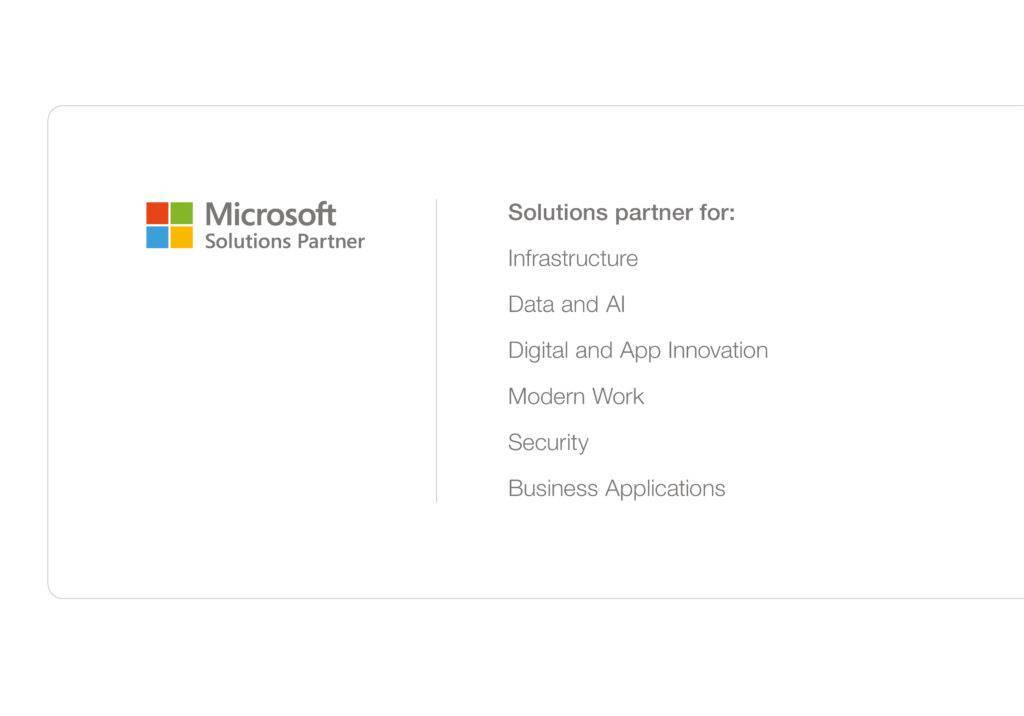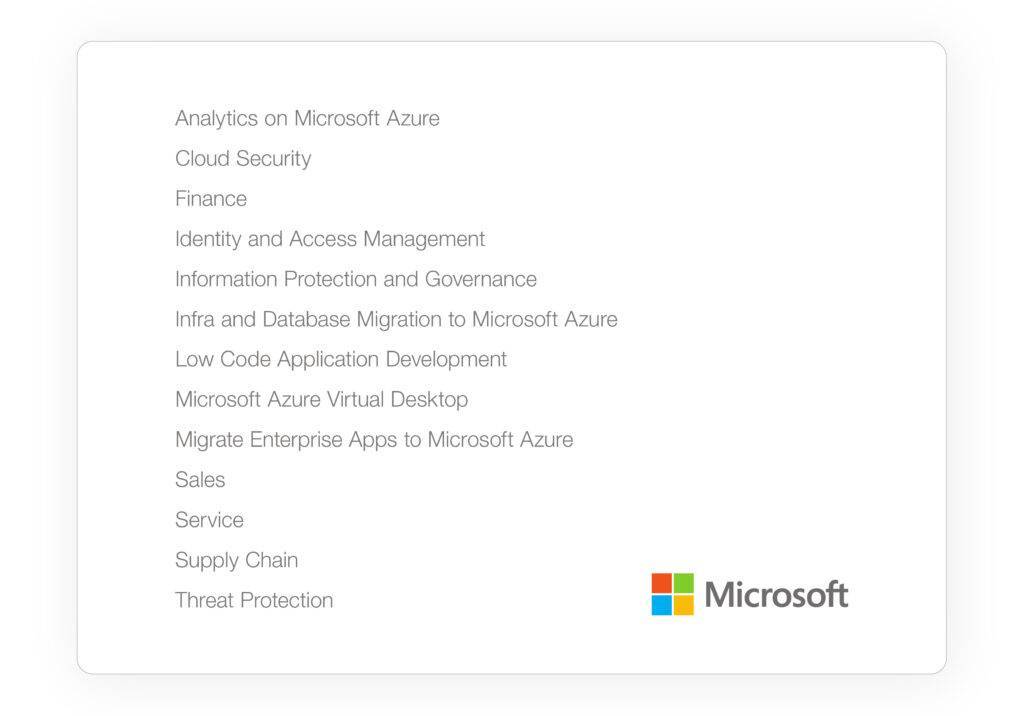Microsoft Partnership
Hitachi Solutions has been working closely with Microsoft for more than a decade to bring the best-of-breed solutions to our customers.

Our alliance with Microsoft
As a pure Microsoft Cloud Solutions Partner, Global Software Implementor and Microsoft Customer ourselves, Hitachi Solutions has a deep understanding of Microsoft Cloud Technology, industry and customer needs.
Our strong relationship with Microsoft, is built on being a part of the Microsoft top 1% inner circle for over 10 years. As a result, we are at all times at the forefront of innovation, having access and insights to the newest technology, product roadmaps and market developments.
By combining this with our broad range of technical capabilities across the entire Microsoft Cloud technology stack, industry expertise and uniquely developed methodologies, we help our customers stay ahead of industry challenges.

Solutions Partner for Microsoft Cloud
The business benefits of Microsoft’s cloud technologies are endless. Recognised by Microsoft as a ‘Solutions Partner for Microsoft Cloud’ Hitachi Solutions are part of a very select set of partners who are capable of delivering holistic, value-driven solutions across the entire Microsoft technology stack.
The title ‘Solutions Partner for Microsoft Cloud’ means we have obtained all six ‘Solution Partner Designations’. These Solution Partner Designations identify us as a Microsoft Partner with specific capabilities, performance, skills and experiences underpinned by broad technical capabilities and experience and showcase our demonstrated ability to deliver successful customer outcomes.

Microsoft certified specialists
Our technical expertise and capability is validated by Microsoft through our specialisations status across the different Cloud technology workloads, including Business Applications and Azure.